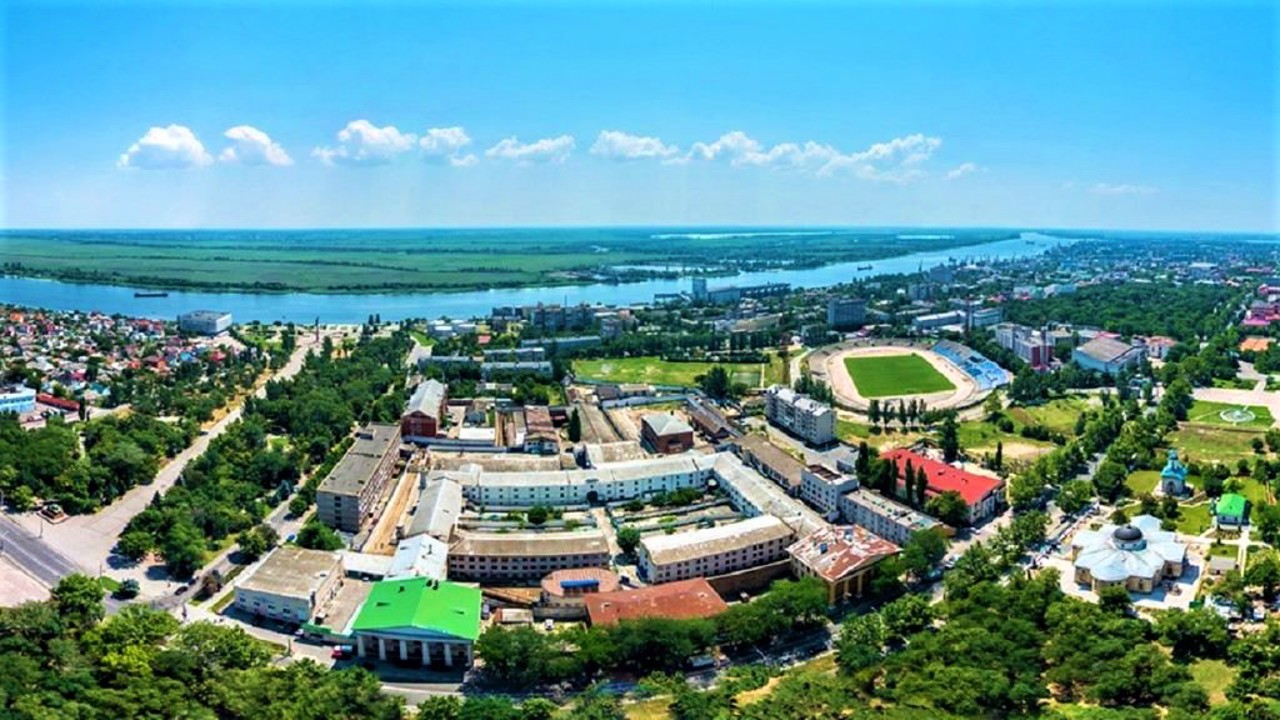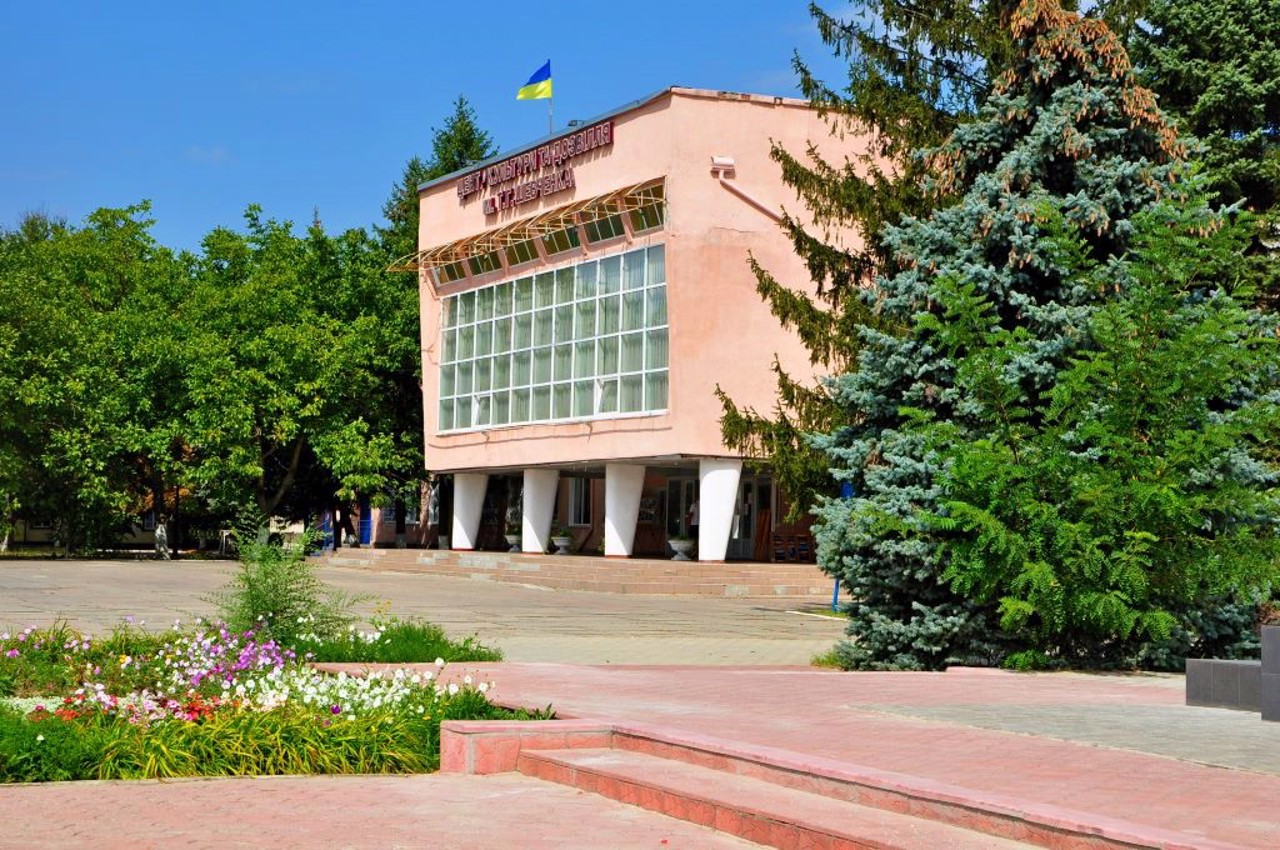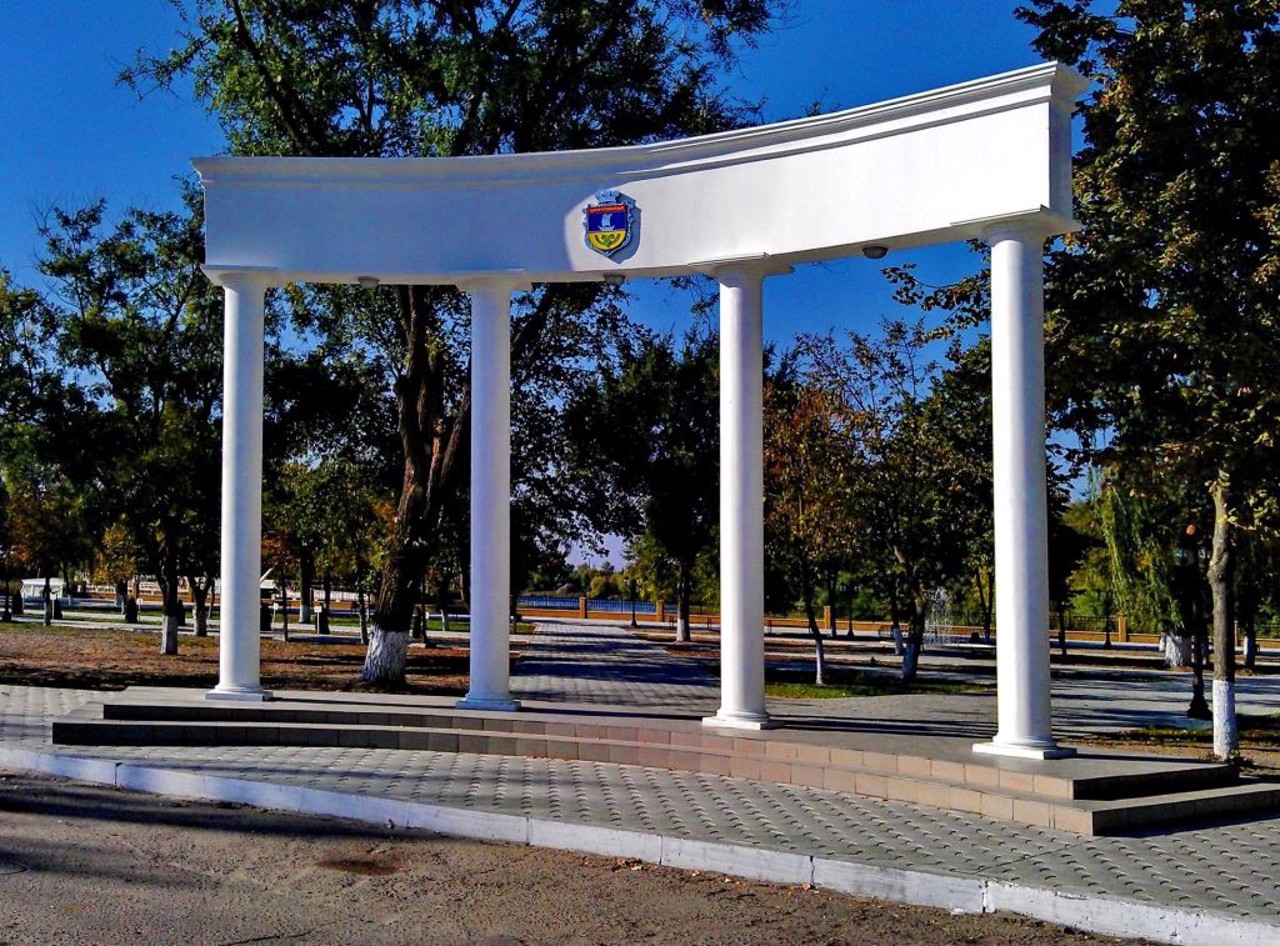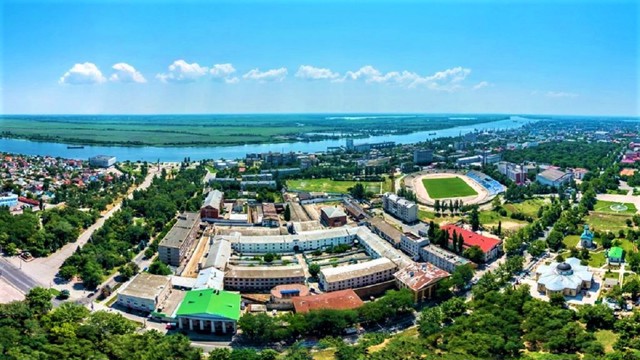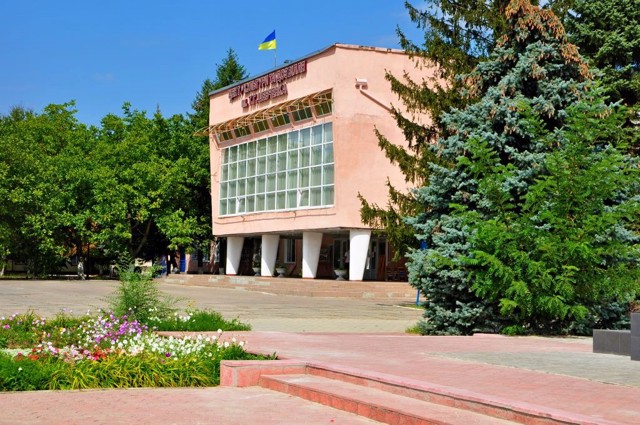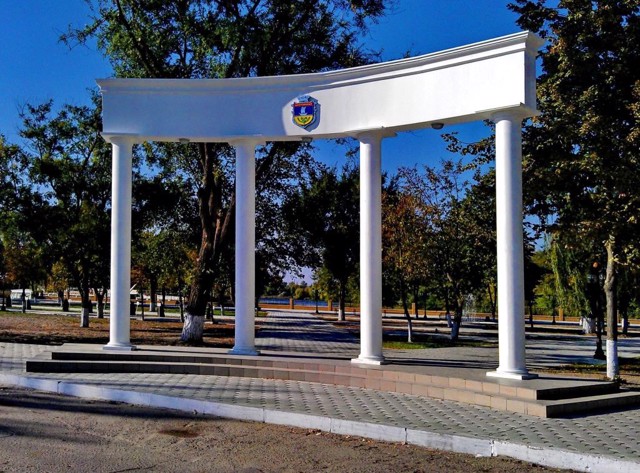Functional temporarily unavailable
General information about Oleshky
The city of Oleshky is located on the opposite side of the Dnipro from Kherson. Transit point on the way from Kyiv to Crimea.
In the 11th-13th centuries, the Slavic port city of Oleshshya was located on this site.
Until 1728, there was Oleshky Sich, founded by the Zaporizhzhians after the destruction of Old Sich by Peter I (a memorial sign was installed). During the Russian-Turkish war, the Zaporozhzhian command of Colonel Opanas Kovpak built several earthen fortifications here, which were later reconstructed by Mykhaylo Kutuzov (an earthen rampart has been preserved).
In 1802, Oleshky received the status of a city and became the center of the Dnipro County of the Tavriya Governorate.
In 1896, the Assumption Monastery was founded here (one building of the beginni ...
The city of Oleshky is located on the opposite side of the Dnipro from Kherson. Transit point on the way from Kyiv to Crimea.
In the 11th-13th centuries, the Slavic port city of Oleshshya was located on this site.
Until 1728, there was Oleshky Sich, founded by the Zaporizhzhians after the destruction of Old Sich by Peter I (a memorial sign was installed). During the Russian-Turkish war, the Zaporozhzhian command of Colonel Opanas Kovpak built several earthen fortifications here, which were later reconstructed by Mykhaylo Kutuzov (an earthen rampart has been preserved).
In 1802, Oleshky received the status of a city and became the center of the Dnipro County of the Tavriya Governorate.
In 1896, the Assumption Monastery was founded here (one building of the beginning of the 20th century, decorated in a pseudo-Rus style, has survived). Other sights: a synagogue (XIX century), a city school (XIX century), a crypt-chapel of the Pankeevs (beginning of the XX century).
In 1928, the city was renamed to Tsyurupinsk in honor of the Soviet party leader Oleksandr Tsyurupa. In 2016, the historical name Oleshky was returned to it.
Місто Олешки розташоване з протилежного боку Дніпра від Херсона. Транзитний пункт на шляху з Києва до Криму.
В XI-XIII сторіччях на цьому місці знаходилося слов'янське портове місто Олешшя.
До 1728 року існувала Олешківська Січ, заснована запорожцями після руйнування Петром I Старої Січі (встановлено пам'ятний знак). В період російсько-турецької війни запорозька команда полковника Опанаса Ковпака побудувала тут кілька земляних укріплень, реконструйованих згодом Михайлом Кутузовим (зберігся земляний вал).
В 1802 році Олешки отримали статус міста і стали центром Дніпровського повіту Таврійської губернії.
В 1896 році тут був заснований Успенський монастир (збереглася одна будівлю початку ХХ століття, декорована в псевдо-руському стилі). Інші пам'ятки: си ...
Місто Олешки розташоване з протилежного боку Дніпра від Херсона. Транзитний пункт на шляху з Києва до Криму.
В XI-XIII сторіччях на цьому місці знаходилося слов'янське портове місто Олешшя.
До 1728 року існувала Олешківська Січ, заснована запорожцями після руйнування Петром I Старої Січі (встановлено пам'ятний знак). В період російсько-турецької війни запорозька команда полковника Опанаса Ковпака побудувала тут кілька земляних укріплень, реконструйованих згодом Михайлом Кутузовим (зберігся земляний вал).
В 1802 році Олешки отримали статус міста і стали центром Дніпровського повіту Таврійської губернії.
В 1896 році тут був заснований Успенський монастир (збереглася одна будівлю початку ХХ століття, декорована в псевдо-руському стилі). Інші пам'ятки: синагога (XIX століття), міське училище (ХІХ століття), склеп-каплиця Панкеєвих (початок ХХ століття).
В 1928 році місто було перейменоване на Цюрупинськ на честь радянського партійного діяча Олександра Цюрупи. В 2016 році йому повернуто історичну назву Олешки.
Сплануй своє перебування у Oleshky
What to see and where to go in Oleshky
Tourist attractions and museums of Oleshky
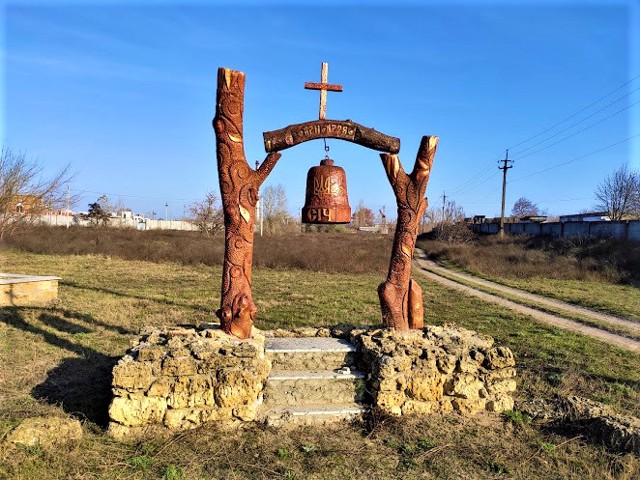
Oleshky Sich
Monument
The original monument in the form of a wooden bell was installed in Oleshky next to the place where the Oleshky Zaporizhzhia Sich existed in 1711-1728.
Oleshky Sich was founded at the confluence of the Kinka River with the Lazniuk River by the Zaporizhzhia Cossacks, who moved from under the oppression of the Russian Tsar to the protectorate of the Crimean Khanate. Here the chieftain of Kost Hordiyenko and the son of Hetman Pylyp Orlyk Hryhoriy, whom his father sent to the Zaporizhzhians on a secret mission, discussed plans for the liberation of Ukraine. In 1728, dissatisfied with the oppression of the Tatars, the Zaporizhzhians left Oleshky Sich and returned to Zaporizhzhia.

Oleshky Museum of Local Lore
Museum / gallery
The Oleshky Museum of Local Lore was opened in 1962 in the house of the secretary of the Oleshky city administration, Tsyurupa, where his son Oleksandr was born in 1870, a future Soviet party figure, head of State Planning and People's Commissar of Trade.
At the beginning of the 21st century, the memorial museum named after Tsyurupa was repurposed as a museum of local history.
It is a museum complex of historical, local history and ethnographic directions.
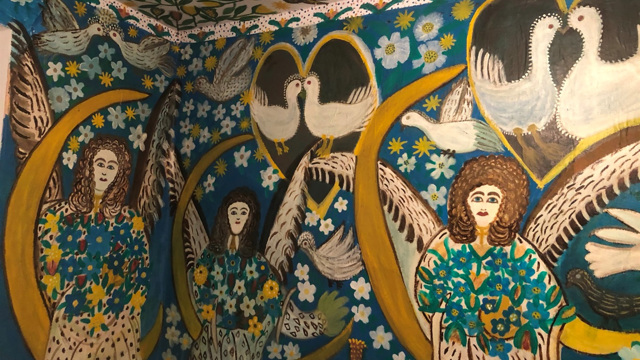
Polina Rayko House-Museum
Museum / gallery
The house-museum of the self-taught artist Polina Rayko was opened in her native Oleshky in 2004, after her death.
Polina Rayko, a master of naïve art, a poorly educated village woman, began to create at the age of 69 after a series of life tragedies - the loss of her husband and daughter, the imprisonment of her son. In order not to feel alone in an empty house, she began to paint the walls with murals. By the end of her life, she managed to paint all five rooms: the walls, ceilings, doors of the house, as well as the porch and gate of her yard. In her works secular, Christian and pagan symbols are intertwined.
The house-museum of Polina Rayko is cared for by the Polina Rayko Charitable Foundation.
On the night of June 6, 2023, during the full-scale Russian invasion of Ukraine in 2022, Russian troops blew up the dam of the Kakhovka HPP, which caused a catastrophic flooding of the lower Dnipro. As a result, the house-museum of Polina Rayko was completely flooded by the waters of the Dnipro.
Oleshky on photo and video
Reviews Oleshky
Geographical information about Oleshky
| {{itemKey}} | {{itemValue}} |
|---|---|
| Region |
Kherson |
